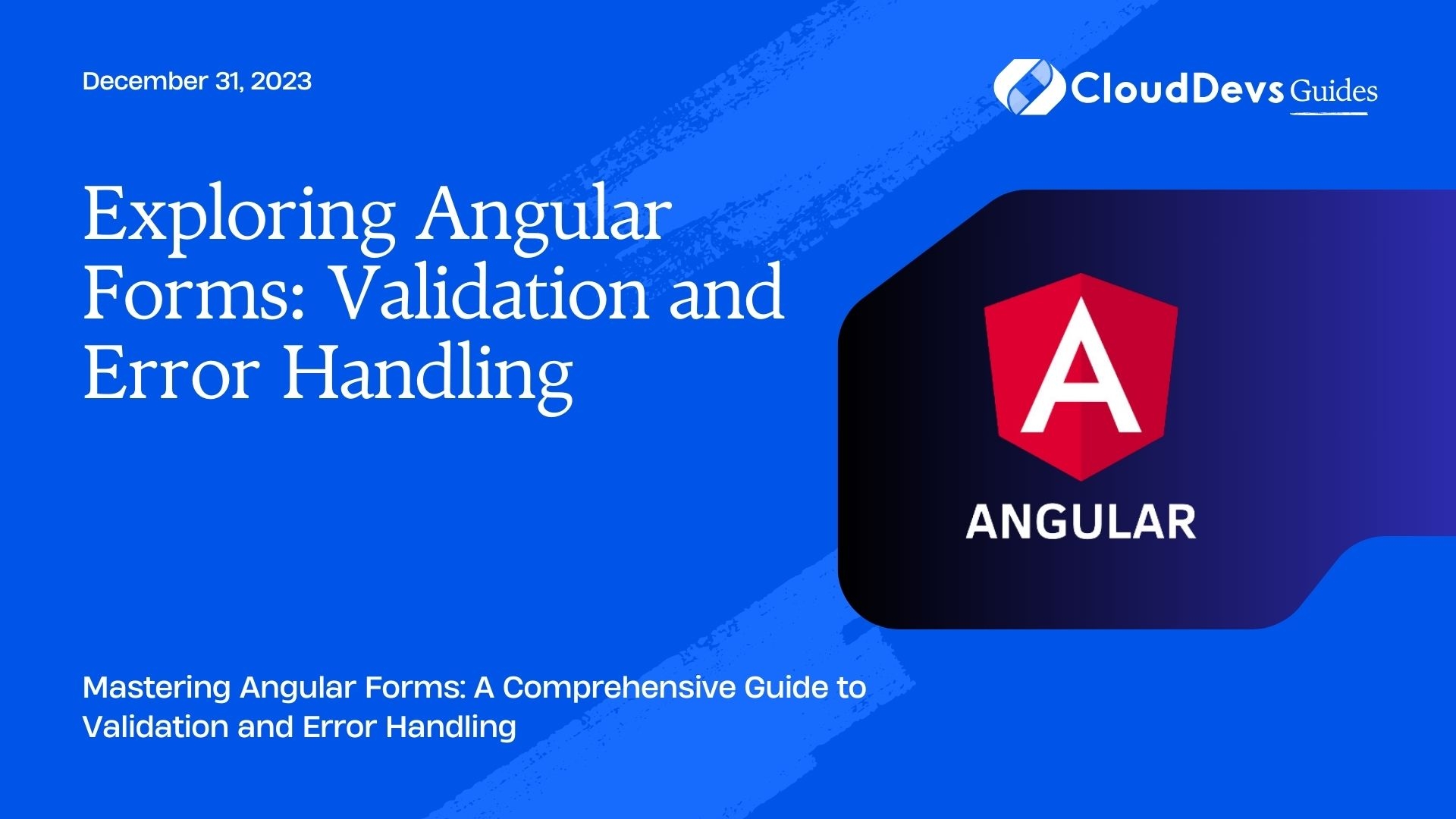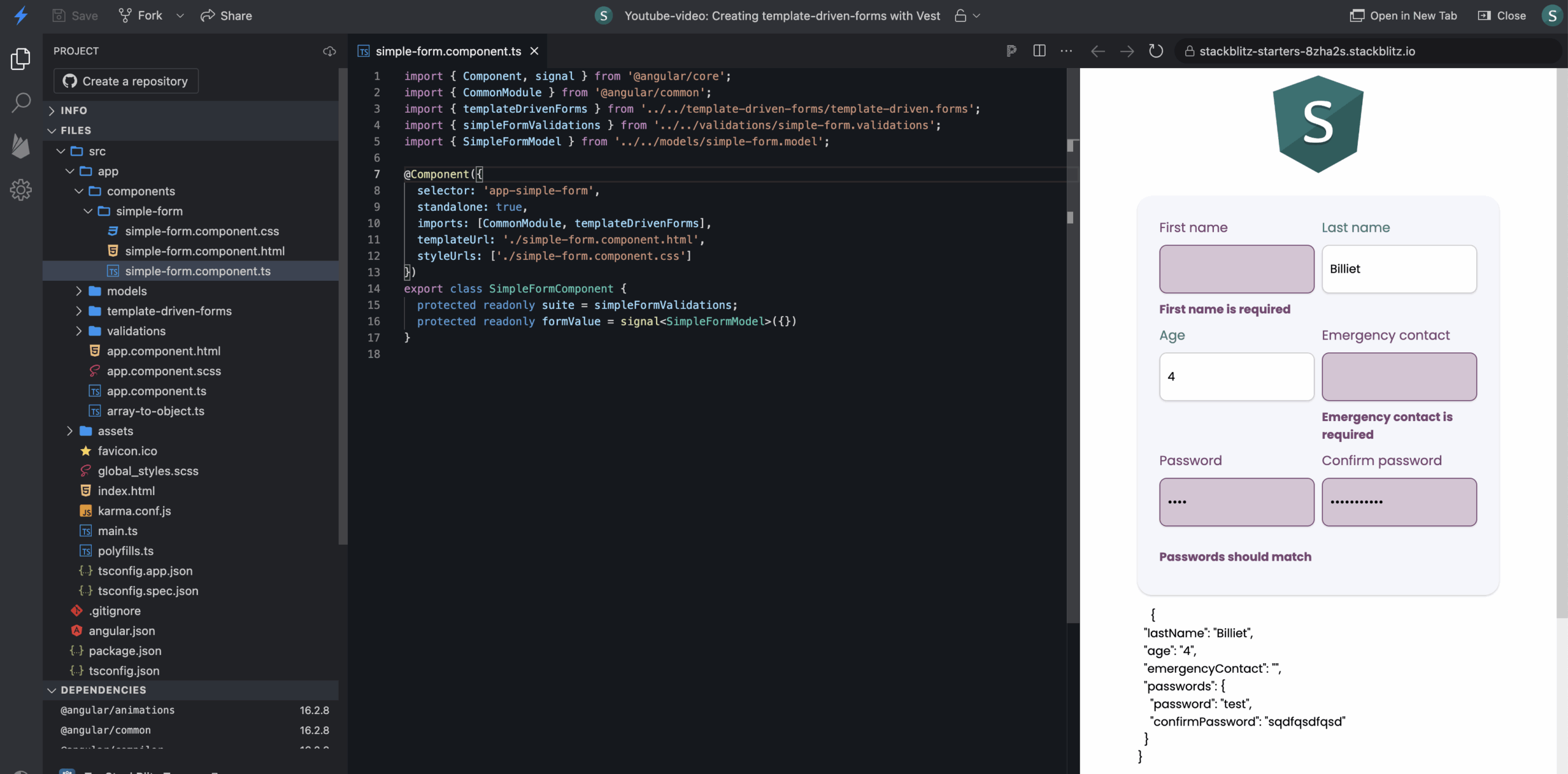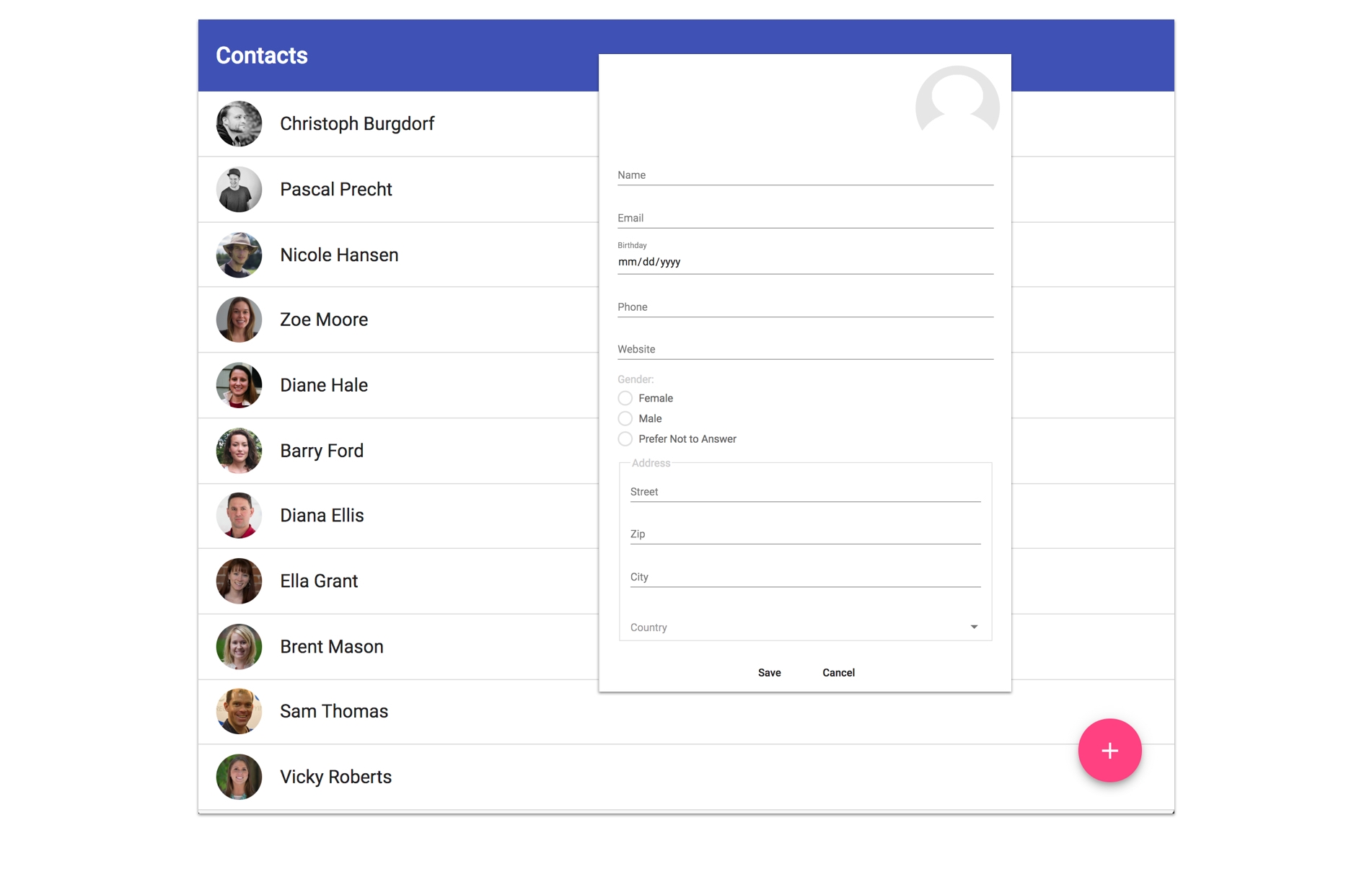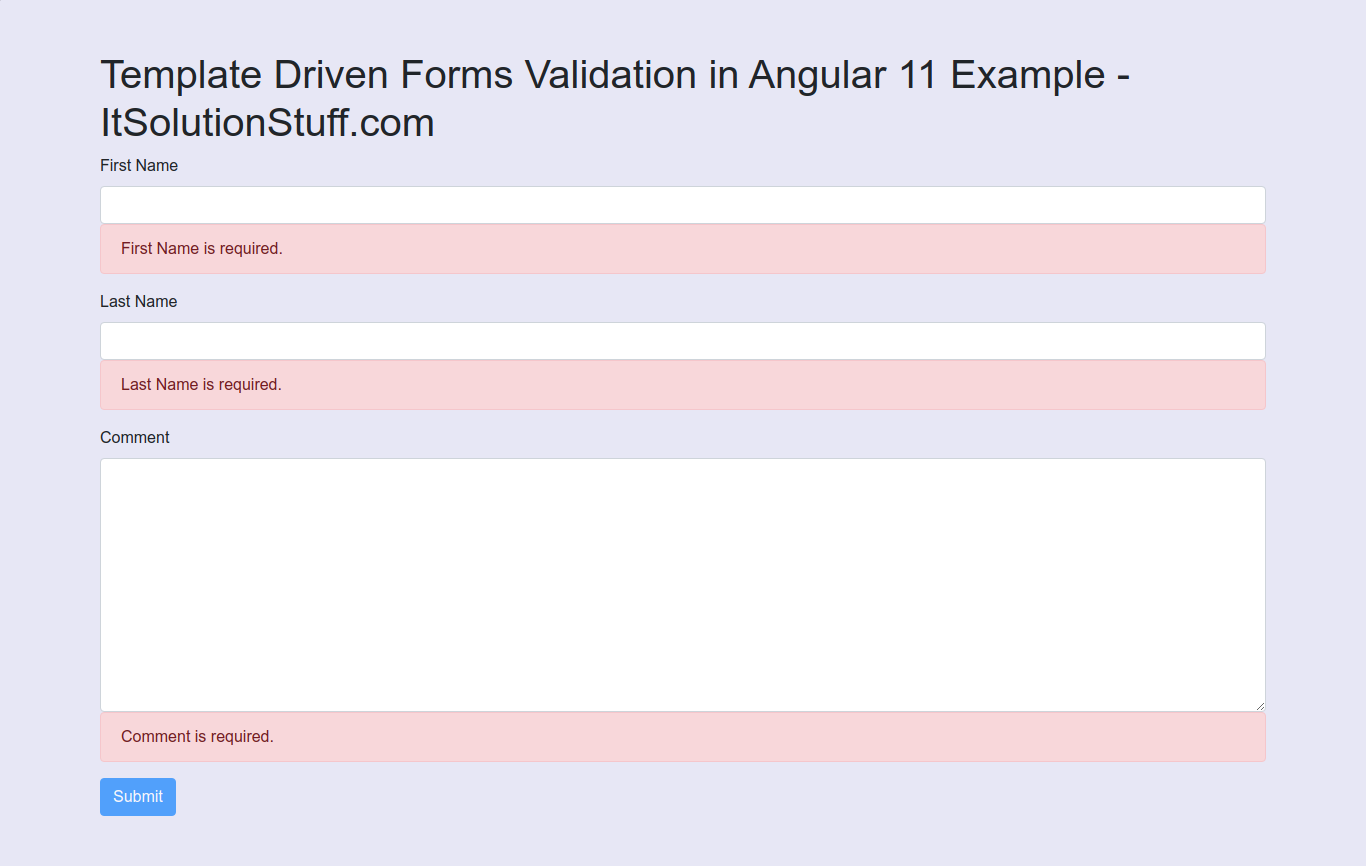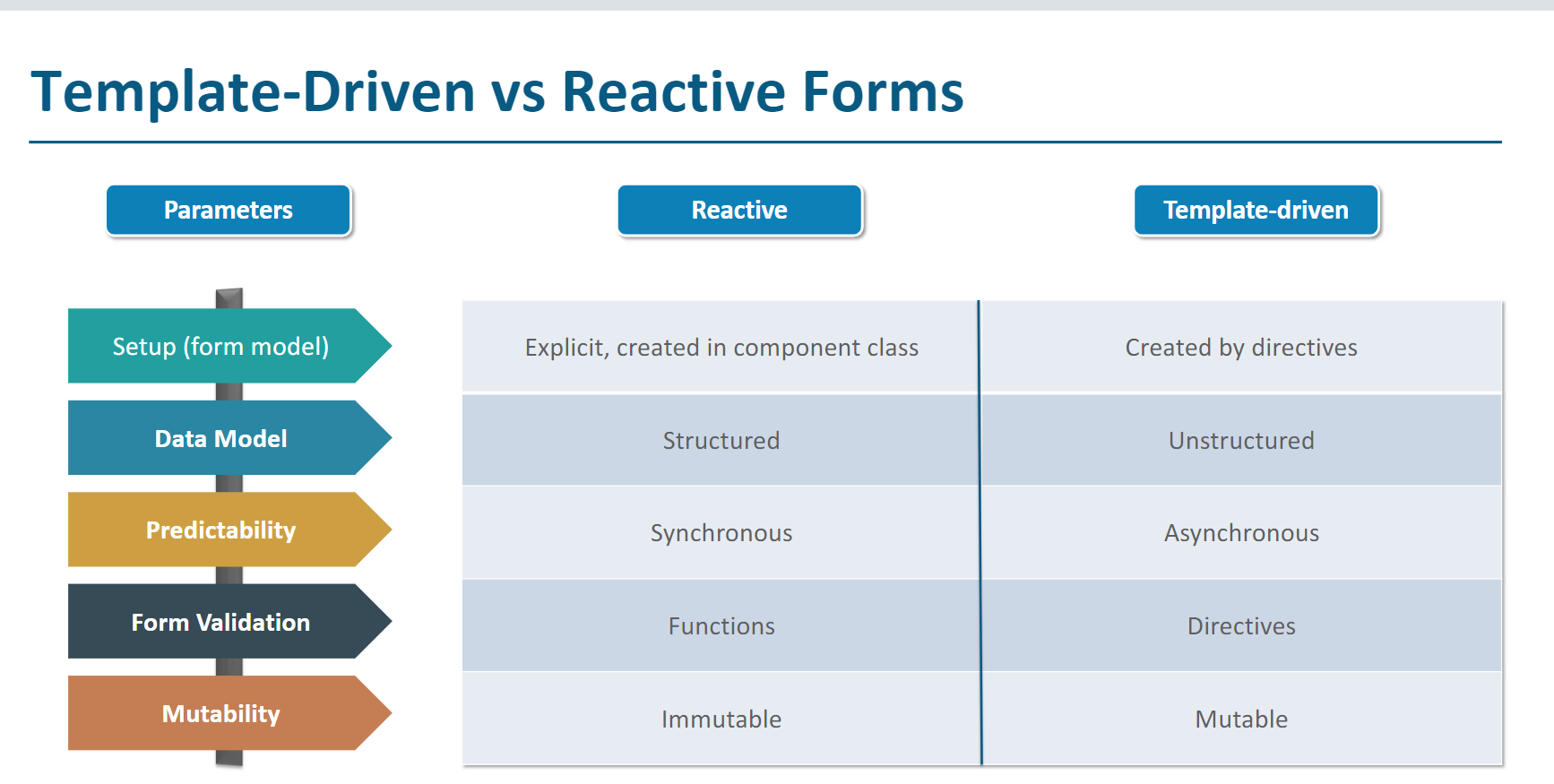Are you looking to easily create forms in Angular without writing a lot of code? Angular Template Driven Forms might be the solution you need. These forms are perfect for simple forms that don’t require complex validation.
With Angular Template Driven Forms, you can quickly create forms by adding directives to your HTML template. This makes it easy to bind data to form controls and handle user input without writing custom validation logic.
Angular Template Driven Forms
Benefits of Angular Template Driven Forms
One of the main benefits of using Angular Template Driven Forms is that they are easy to set up and require minimal code. You can quickly create forms by adding built-in directives like ngModel and ngForm to your template.
Another advantage is that Angular Template Driven Forms handle form validation automatically. You can use HTML5 validation attributes like required, minlength, and maxlength to enforce validation rules without writing additional JavaScript code.
Additionally, Angular Template Driven Forms provide two-way data binding, which means that changes in the form controls are automatically reflected in the component’s data model. This simplifies the process of capturing user input and updating the application state.
In conclusion, if you need to create simple forms in Angular quickly and efficiently, consider using Angular Template Driven Forms. With built-in directives, automatic validation, and two-way data binding, you can streamline the form creation process and focus on building great user experiences.
I Open sourced My Angular Template driven Forms Solution Simplified Angular Blog
Angular master class exercises forms exercise 1 create template driven form md At Master TradeMe angular master class exercises GitHub
Angular 11 Template Driven Forms Example ItSolutionstuff
Angular What Are The Practical Differences Between Template driven And Reactive Forms Stack Overflow
Angular What Are The Practical Differences Between Template driven And Reactive Forms Stack Overflow
